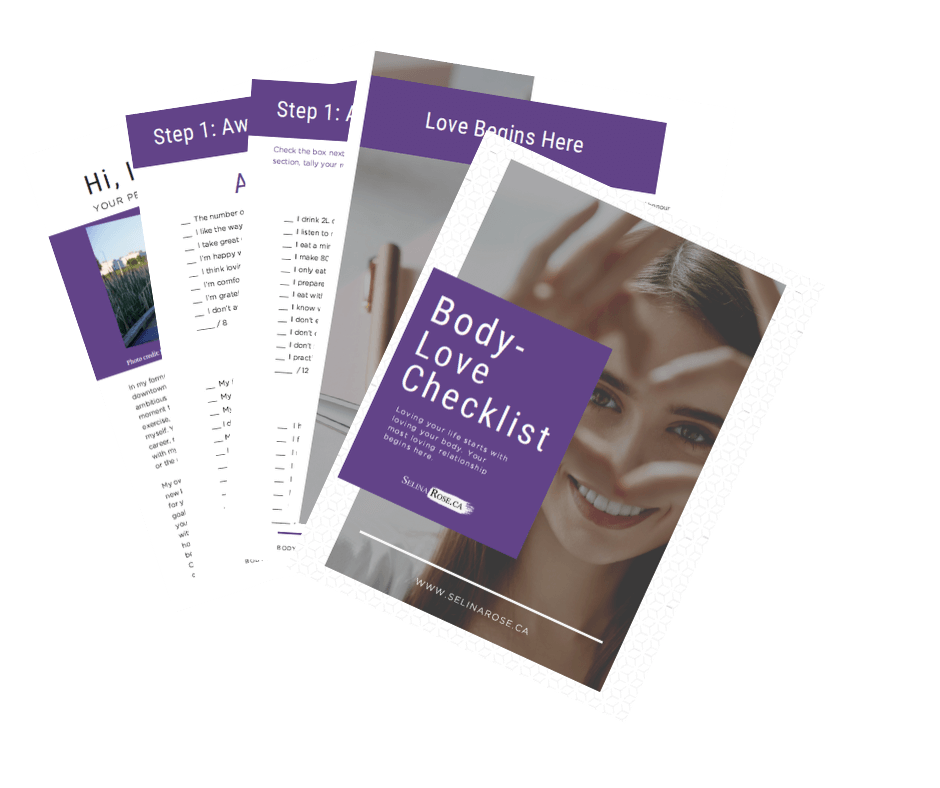When it comes to your overall health it’s no secret that exercise and sleep are huge factors. But did you know they both have a significant impact on your waistline?
Well, you know that exercise will help you burn off some extra calories and boost your metabolism. But sleep is also essential for your overall health and well-being, and can impact your weight.
Better to skimp on sleep and get up early to work out?
Or better to sleep in and skip the gym for another day?
Well, it’s a bit more complicated than that. We need exercise to sleep better but we also need sleep to exercise. And when it comes to weight management, we need both.
So let’s take a closer look at how exercise and sleep affect each other and which one takes the lead when it comes to managing your weight.
The Exercise & Sleep Connection
If you’re looking to get a better night’s sleep, it’s time to lace up those running shoes.
A study by the National Sleep Foundation found a 65% improvement in sleep quality for participants who performed 150 minutes of moderate to vigorous exercise a week.
That means that something as simple as a brisk walk for 30 minutes, 5 times a week can help you feel more rested and refreshed.
Want Muscle? Get More Sleep!
If you want to see big results from your workouts, you’ve gotta catch some zzz’s!
Sleep is crucial when it comes to exercise recovery…and recovery is where the post-workout magic happens!
As we rest, our body is busy repairing the microscopic muscle tears from our last weight training session. As these muscles repair, they come back bigger and stronger; increasing your strength and boosting your metabolism.
If you’re not seeing the results you’d like from your gym sessions, the answer may be an earlier bedtime. Make sure that you’re getting adequate sleep to help your body repair and recover.
Sleep Tips:
Here are a few strategies to help you get the most out of your night’s sleep:
- Dim the lights in your home 30 minutes or more before going to bed. This helps promote melatonin production (a sleep hormone) so it’s easier for you to fall asleep when you go to bed.
- Sleep in total darkness. Avoid leaving the curtains open or a night light on. Even a small amount of light can affect your body’s ability to sleep soundly.
- Aim to be in bed by 10 pm. Getting an early start to your night’s sleep ensures you get some quality rest before midnight. Studies have shown this is important for proper hormone balancing – and balanced hormones mean easier weight management.
Does lack of sleep affect gym performance?
If you’re still thinking of hitting that 6 am spin class after a late night out, you may want to reconsider.
An ACSM study showed that sleep deprived participants had a slower response time and fatigued much quicker than when they were well rested.
The study participants also reported a higher RPE (Rate of Perceived Exertion) and were more likely to quit their workout early.
The conclusion? This doesn’t mean that you should skip activity altogether on those groggy days. Instead consider a lower intensity activity such as walking or yoga and leave the high intensity training for days when you’re well rested.
Sleep vs Train: which one will help you button your jeans?
When it comes to weight management, both exercise and sleep are important. But if you had to focus on one thing only, it turns out sleep trumps exercise.
One study compared weight loss efforts of sleep deprived adults versus those who were fully rested. The sleep deprived group rested for only 5.5 hours while the fully rested group got a full 8.5 hrs of shut-eye.
The results? Those with limited sleep lost less body fat and more lean muscle mass.
So can you forget about exercise?
Well, no.
Exercise still has tremendous health benefits so you don’t want to quit altogether. You may need to temporarily reduce the intensity of your workouts if you’re not getting adequate rest.
Once your sleep game is strong, you can resume those higher intensity workouts and have energy to spare.
Having trouble winding down at night?
Add some sleep hormones to your diet!
In fact, did you know that it has been suggested that foods that contain naturally occurring Melatonin (dubbed the “sleep hormone”) may be a better alternative than over-the-counter supplements?
This Sleepy Time Cherry Smoothie Recipe below is made with tart cherry juice – an ingredient that contains Melatonin, and has been proven to help you sleep better. Plus, it just happens to taste pretty great too!
RECIPE:
Sleepy Time Cherry Smoothie
2 oz of pure tart cherry juice, unsweetened
1 cup of coconut milk or almond milk
½ banana (frozen adds a bit more texture)
¼ tsp cinnamon
2-3 ice cubes
Place all ingredients in a blender and blend until smooth. Sip and enjoy a better night’s sleep!
Tip: If you’re using this smoothie as a post-workout, you might want to add some protein powder to help with muscle recovery.
REFERENCES





